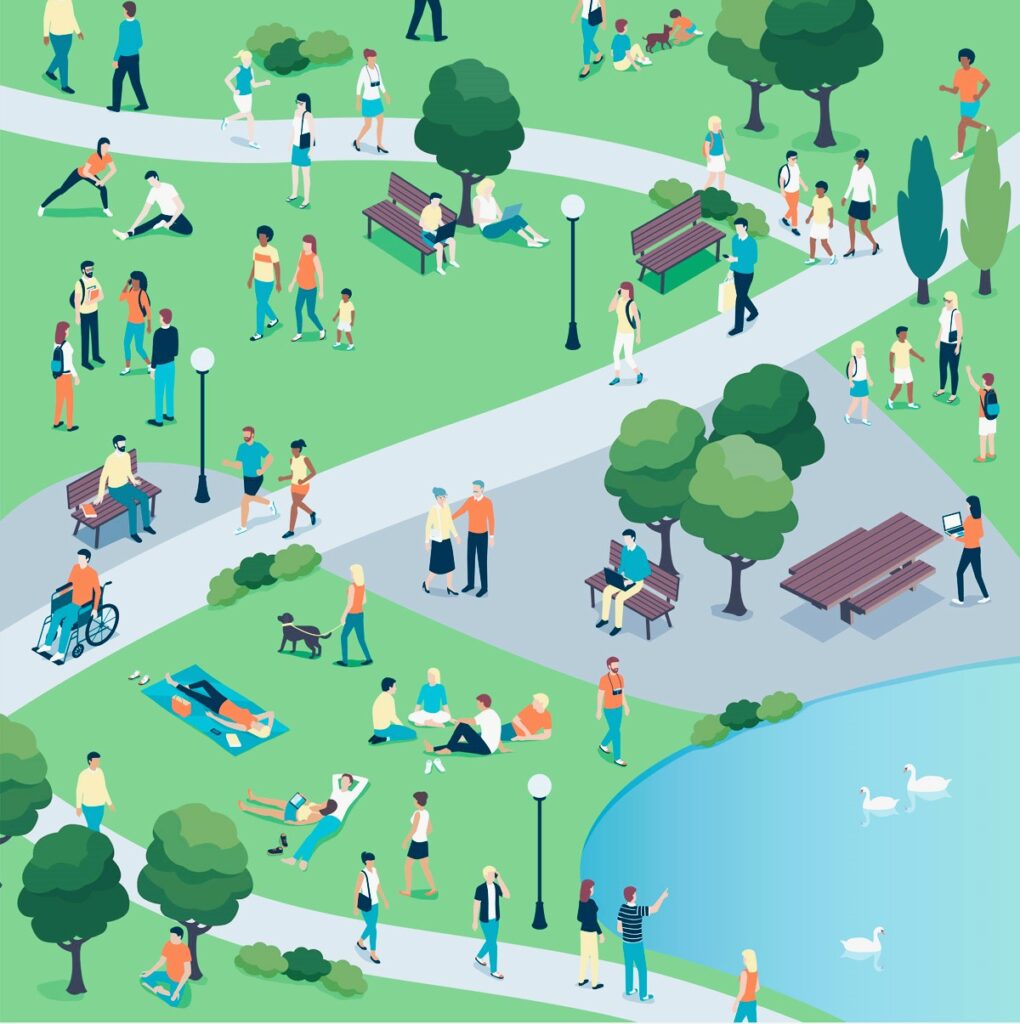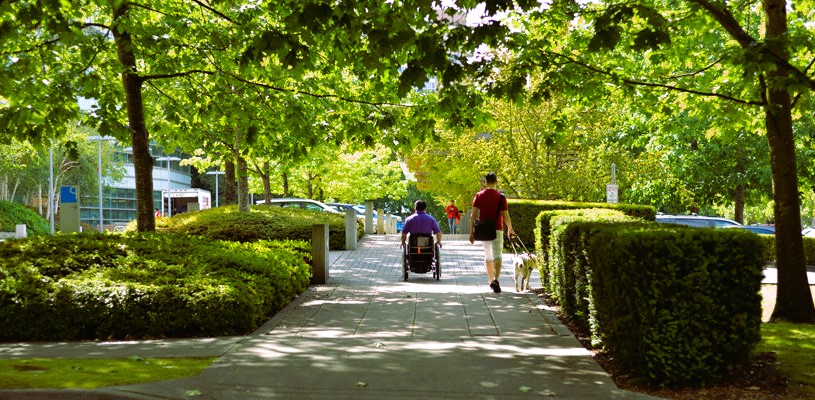Accessibility is a crucial aspect of urban design, ensuring that public spaces are inclusive and usable by all individuals, regardless of their physical abilities. In Ontario, Canada, efforts are being made to create walkable spaces that prioritize accessibility, allowing everyone to navigate and enjoy the built environment with ease. This article explores the importance of accessibility in Ontario, the benefits of inclusive walkable spaces, and the initiatives taken to promote accessibility in urban design.
The Significance of Accessibility
Accessibility refers to the design and provision of environments, products, and services that can be used by all individuals, including those with disabilities. It encompasses various elements, such as physical access, mobility, wayfinding, communication, and sensory considerations. Creating accessible spaces is essential for promoting equality, independence, and social inclusion.
In Ontario, the Accessibility for Ontarians with Disabilities Act (AODA) sets standards and regulations to ensure accessibility in various sectors, including the built environment. This legislation aims to make Ontario fully accessible by 2025, providing equal opportunities and removing barriers for individuals with disabilities.

Benefits of Inclusive Walkable Spaces
Designing walkable spaces with accessibility in mind offers numerous benefits for individuals and communities. Firstly, accessible sidewalks, crosswalks, and pathways enable individuals with mobility challenges, including wheelchair users, to navigate the built environment independently and safely. This promotes a sense of autonomy and freedom of movement. Adding flair to public spaces with art furniture.
Secondly, inclusive walkable spaces enhance the overall usability of public areas for everyone. Features such as curb cuts, ramps, and tactile indicators not only benefit individuals with disabilities but also older adults, parents with strollers, and individuals carrying heavy loads. Creating accessible pathways ensures that everyone can enjoy the benefits of walking, including improved physical health, reduced traffic congestion, and a cleaner environment.
In addition, accessible street furniture, such as benches, seating areas, and rest stops, provide opportunities for individuals to take breaks and rest during their journeys. These features are particularly important for individuals with limited mobility or those who require frequent breaks due to fatigue or medical conditions.
Initiatives Promoting Accessibility in Ontario
Ontario has undertaken several initiatives to promote accessibility and create inclusive walkable spaces. The Accessibility Directorate of Ontario, established under the Ministry for Seniors and Accessibility, oversees the implementation of the AODA and provides resources and guidelines for accessible design.
Municipalities in Ontario are also taking proactive steps to improve accessibility. For example, the City of Toronto has implemented the Accessibility Design Guidelines, which provide detailed requirements for accessible urban design, including sidewalks, pedestrian crossings, and street furniture.
Furthermore, organizations like the Rick Hansen Foundation and the Canadian Standards Association (CSA) have developed accessibility standards and certification programs to assess and recognize the accessibility of buildings, public spaces, and pedestrian environments. These programs aim to raise awareness, promote best practices, and encourage the adoption of accessible design principles in Ontario and across Canada.

Conclusion
Creating inclusive walkable spaces is essential for promoting accessibility, equality, and social inclusion in Ontario. By prioritizing accessibility in urban design, the province is working towards creating a built environment that can be accessed and enjoyed by all individuals, regardless of their physical abilities. Through legislation, guidelines, and certification programs, Ontario is taking significant steps to ensure that public spaces are designed with inclusivity in mind.
For more information on accessibility and related initiatives, visit:
- Wikipedia: Accessibility
These resources provide comprehensive information on accessibility principles, legislative frameworks, practical guidelines, and additional resources to support the creation of inclusive walkable spaces in Ontario and throughout Canada.


